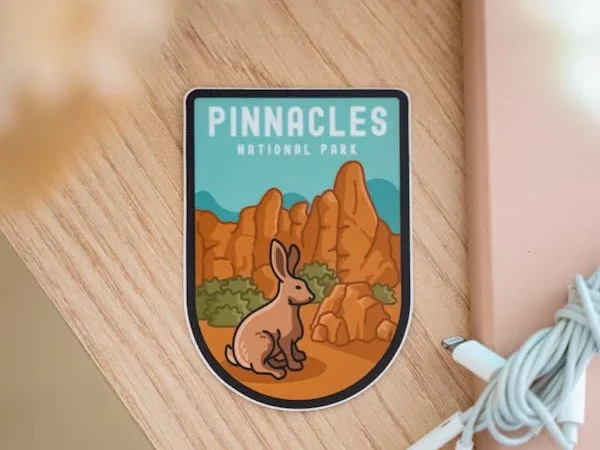Stickers are everywhere – from the back of laptops and car bumpers to notebooks and water bottles. They are a versatile and fun way to express creativity, promote a brand, or share a message. Whether you’re a business owner, an artist, or just someone looking to add a personal touch to your belongings, sticker printing offers endless possibilities. In this comprehensive guide, we’ll dive into the world of sticker printing, covering everything from design tips to choosing the right materials and printing techniques.
Why Stickers?
Before we get into the nitty-gritty of sticker printing, let’s explore why stickers are such a powerful medium:
- Versatility: Stickers can be used for marketing, personal expression, event promotions, and more.
- Affordability: Compared to other forms of advertising or personalization, stickers are cost-effective.
- Durability: With the right materials, stickers can withstand various environmental conditions, making them long-lasting.
- Fun Factor: Let’s face it – stickers are fun! They add a playful element to whatever surface they adorn.
Designing Your Sticker
A great sticker starts with a great design. Here are some tips to help you create a standout sticker:
- Know Your Purpose: Are you creating stickers for branding, personal use, or an event? Knowing your purpose will guide your design choices.
- Keep It Simple: Stickers are often viewed quickly and from a distance. A clean, simple design is more likely to be effective.
- Use Bold Colors: Bright, contrasting colors catch the eye and make your sticker pop.
- High-Resolution Images: Ensure any images or graphics used are high-resolution to avoid pixelation.
- Consider the Shape: Traditional shapes like circles and rectangles are common, but custom shapes can make your sticker unique.
- Add Contact Info (if relevant): For business or promotional stickers, including a website or social media handle can drive engagement.
Choosing the Right Material
The material you choose for your sticker can impact its appearance and durability. Here are some common options:
- Paper Stickers: Ideal for indoor use and short-term applications. They are cost-effective but not waterproof.
- Vinyl Stickers: Highly durable and waterproof, making them perfect for outdoor use. They can withstand exposure to the elements.
- Clear Stickers: These stickers are printed on transparent vinyl, allowing the background surface to show through. They’re great for subtle branding.
- Holographic Stickers: These have a unique, reflective finish that changes with light and angles, adding a fun, eye-catching element.
Printing Techniques
Once your design and materials are sorted, it’s time to choose a printing technique. Here are a few popular methods:
- Digital Printing: Ideal for small to medium runs, digital printing offers high-quality results with vibrant colors. It’s perfect for complex designs and multiple colors.
- Offset Printing: Best for large runs, offset printing is cost-effective for bulk orders and provides consistent quality.
- Screen Printing: This method is excellent for simple designs with few colors. It’s durable and great for outdoor use but can be more expensive for detailed designs.
- Flexography: Commonly used for large-scale production, flexography is fast and suitable for various materials, including vinyl and foil.
Cutting Techniques
How your sticker is cut can affect its usability and appearance. Here are some cutting methods:
- Die-Cutting: This process uses a custom-shaped blade to cut stickers into unique shapes. It’s perfect for custom designs.
- Kiss-Cutting: In this technique, the sticker material is cut through without cutting the backing paper, making it easy to peel off.
- Laser Cutting: Offers precise cuts and is ideal for intricate designs.
Finishing Touches
To give your stickers a professional look, consider these finishing options:
- Lamination: Adds a protective layer, enhancing durability and resistance to scratches and water.
- UV Coating: Provides a glossy finish and additional protection against the elements.
- Matte Finish: Gives a sophisticated, non-glossy look that’s easy to write on.
